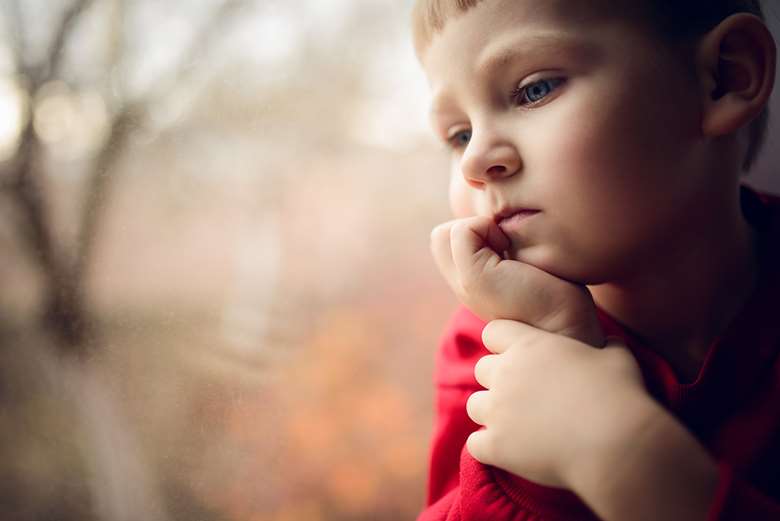Child poverty hits highest level in decade
Tristan Donovan
Thursday, March 22, 2018
The number of children living in relative poverty has risen for the third year running, taking it to its highest level in a decade, government figures show.

Household income data for 2016/17 shows that there are now an estimated 4.1 million children in the UK who live in relative poverty after housing costs are accounted for - up from four million the year before.
This is the joint highest figure since 2007/08 when 4.1 million children lived in relative poverty.
There are now 500,000 more children in relative poverty than in 2010/11, when the figure stood at 3.6 million - the lowest since records began in 1994/95.
The proportion of children living in relative poverty, however, remained unchanged from last year at 30 per cent.
Matthew Reed, chief executive of the Children's Society, described the figures as "shocking".
"These figures show the toll that systematic cuts to welfare, including the freeze on children's benefits, have taken on low-income families and the government must now urgently review this freeze," he said.
The End Child Poverty Coalition said the rising tide of relative poverty is hitting the most vulnerable families hardest.
The percentage of lone parent families in relative poverty has risen from 41 per cent in 2010/11 to 49 per cent in 2016/17.
Relative poverty among families with three or more children has increased from 35 per cent to 42 per cent in the same period. Families with disabled children who live in relative poverty increased from 27 per cent to 34 per cent.
"The government's reforms are failing to reverse the rise in child poverty," said Sam Royston, chair of the End Child Poverty Coalition, which represents more than 100 charities, trade unions, religious groups and other organisations.
"We call on the government to end the freeze on children's benefits and lift the two child limit on tax credits and Universal Credit.
"If these policies aren't reversed we are denying these children an equal opportunity to succeed at school, in later life and to enjoy a happy and healthy childhood."
Imran Hussain, director of policy and campaigns at the charity Action for Children, added: "Today's figures are almost double what the main parties vowed to achieve by 2020 when they signed up to the Child Poverty Act.
"The failure is made more depressing by the fact that while independent projections are warning that the figures are likely to get much worse in the next few years, the government still has no serious plan for getting child poverty down."
In a statement, family support minister Kit Malthouse focused on the progress the figures showed in reducing absolute poverty.
"It's fantastic news that one million fewer people are living in absolute poverty than in 2010, including 300,000 children," he said.
"It makes sense that poverty rates are falling while the employment rate is increasing, and today's figures confirm that work remains the best route out of poverty."
Absolute poverty is defined as having an income below 60 per cent of the median household income in 2010/11, adjusted for inflation. Relative poverty is defined as an income below 60 per cent of contemporary median household income.




